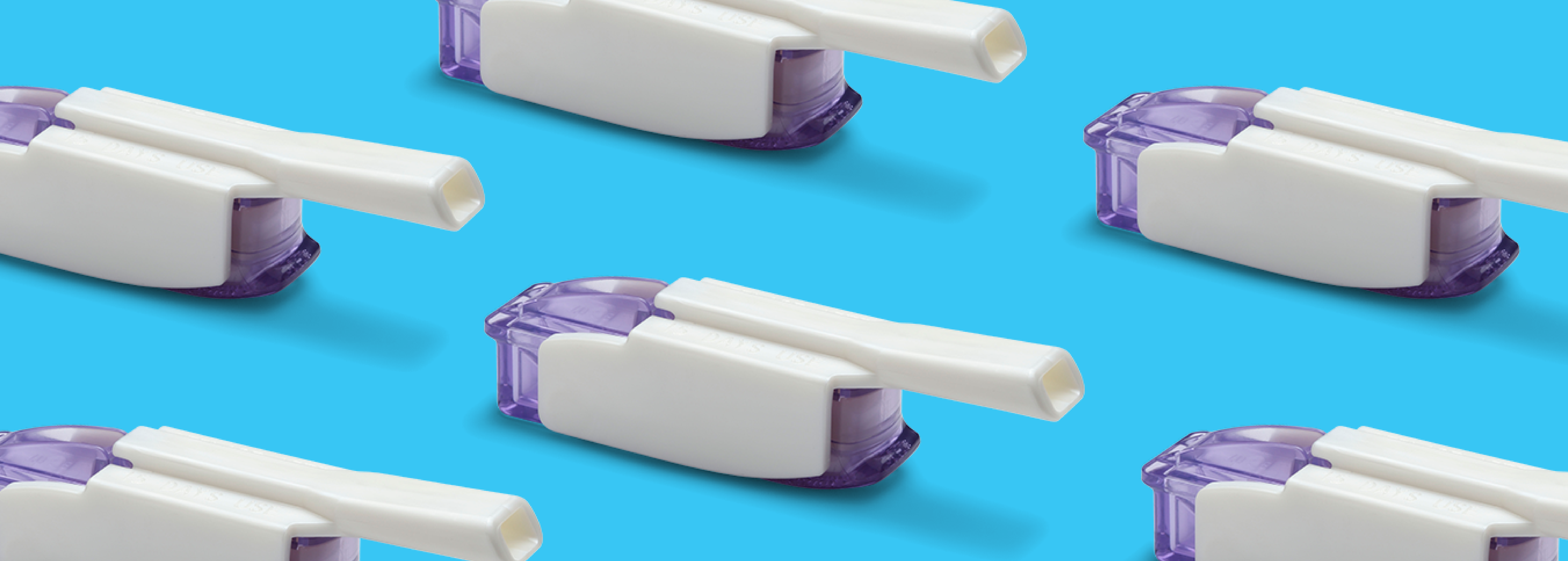Research on Pancreas Transplants in Type 1 & Type 2 Diabetes
Written by: Ginger Vieira
4 minute read
July 9, 2021
Coverage of the ADA Scientific Sessions is brought to you by the ADA x BT1 Collab.
While a new pancreas may sound like an easy solution to type 1 or type 2 diabetes—it isn’t. The risks, complications, and lengthy waitlist for the donated organ makes this approach to treating diabetes more of a last resort than an easy solution.
Why can’t anyone with diabetes get a pancreas transplant?
Keep in mind that while many of us are “highly motivated to be free from insulin” as the candidate requirements imply, pancreas transplants are still considered a last resort. There is always a dire need for organ donations, and diabetes is just one reason a person may need a pancreas. If your diabetes can be managed relatively safely and effectively with traditional diabetes management, you are not a candidate.
There is a lengthy waitlist for a pancreas transplant in the United States, and those on the waitlist are there because it’s a life-or-death situation.
“80 percent of those waiting for a pancreas transplant are also in need of a simultaneous kidney transplant,” explained Jon S. Ordico, M.D., at this year’s American Diabetes Association’s Scientific Sessions. “Approximately 1,200 people undergo pancreas transplants every year.”
Ordico adds that within the group waiting for a pancreas transplant, approximately half of the patients on that waiting list will die by the time they’ve waited for five years. The cause of death in those who do not survive the waiting period succumb most often to a diabetes-related complication or kidney failure.
In late 2014, the waitlist system was restructured to help prioritize patients who needed both a kidney and pancreas transplant at the same time.
While many clinics today will still not consider transplants in those with type 2 diabetes, approximately 20 percent of pancreas transplants performed in the United States are in the type 2 diabetes (T2D) population. In the clinics that will consider transplants for T2D, patients must also have chronic kidney disease and be in need of a kidney.
“Pancreas transplants in type 2 diabetes address the issue of beta-cell dysfunction and insulin resistance in ways you wouldn’t expect and we still don’t understand it fully in research,” added Ordico.
Facts about pancreas transplants
Overall, the rates of those waiting for a pancreas transplant have declined over the years, and the average of recipients is rising.
The rates of young people needing transplants have gradually decreased while the rates of those over 55 years old needing transplants have gradually increased over the last decade.
Theories to explain these noticeable changes are largely focused on the advancements made in diabetes technology, insulin, and other non-insulin medications.
Today, pancreas transplants are being performed in people with:
- Type 1 diabetes (including latent autoimmune diabetes in adults (LADA): latent autoimmune diabetes in adulthood)
- Type 2 diabetes
- Type 3c diabetes: diabetes induced by a medication or another medical condition, like cystic fibrosis, pancreatic cancer, chronic pancreatitis etc.
- Maturity Onset Diabetes of the Young (MODY): genetic form of diabetes that can be easily mistaken for T1D or T2D
Candidates with type 1 diabetes (T1D) or LADA are most commonly:
- Older (over age 55)
- Overweight or obese
- Potentially have LADA
- Have chronic kidney disease
- Have hypoglycemia unawareness
Candidates with T2D or MODY are most commonly:
- Younger
- Lean or overweight
- Have a BMI less than 32
- Have chronic kidney disease
- Fasting C-peptide level less than 10 ng/mL
- Total daily insulin dose is less than 1 unit per kilogram of body weight
- Total daily insulin dose is less than 100 units total per day
- Have required insulin for at least three to five years
- Have adequate psychosocial and financial support
- Have “complicated” diabetes, including “glucose hyperlability” also described as very abrupt swings in blood sugar levels
What can a pancreas transplant accomplish?
- Rapid restoration of normal blood sugar levels
- Freedom from severe hypoglycemia
- Prevent recurring diabetic kidney disease
- Stabilize advanced diabetic retinopathy
- Stabilize/reverse peripheral sensory neuropathy
- Reverse diabetic changes in the native kidneys of patients with early stage kidney disease
- Reverse diabetic cheiropathy and diabetic dermopathy
You do NOT qualify for a pancreas transplant if:
- You do not need insulin as a person with diabetes
- You smoke cigarettes
- You have a history of cardiovascular events (heart attack, stroke, etc.)
Who should consider a pancreas transplant?
- Also need a kidney transplant
- Struggle severely with blood sugar management
- Struggle severely with hypoglycemia unawareness
- Impacted severely by the emotional burden of diabetes management
- Have a body masss index (BMI) under 32, but preferably under 30
- Highly motivated to be free from insulin
- Healthy enough to survive major surgery
- Demonstrated compliance with medical regimens
- Willing to take on more surgical risk
- Willing to endure longer recovery in exchange for years of being free from diabetes
Surviving a pancreas transplant
One of the biggest factors that affect a person’s chance of survival after a pancreas and kidney transplant is their BMI, explained Ordico. BMIs over 30 have the lowest rate of survival.
All recipients of a pancreas transplant require immunotherapy after the procedure to prevent your body from rejecting the organ. Immunotherapy is intensive, requires a number of lifelong medications, and is not guaranteed to prevent your body from rejecting the organ.
A pancreas transplant is not a simple or easy procedure and it will affect you for the remainder of your life, but for some, the trade-off is worth it and life-saving.
For more coverage of the American Diabetes Association’s 81st Scientific sessions, CLICK HERE.

Author
Ginger Vieira
Ginger Vieira is an author and writer living with type 1 diabetes, celiac disease, fibromyalgia and hypothyroidism. She’s authored a variety of books, including “When I Go Low” (for kids), “Pregnancy with Type 1 Diabetes,” and “Dealing with Diabetes Burnout.” Before joining Beyond Type 1 as digital content manager, Ginger wrote for Diabetes Mine, Healthline, T1D Exchange, Diabetes Strong and more! In her free time, she is jumping rope, scootering with her daughters, or walking with her handsome fella and their dog.
Related Resources

Editor’s Note: We have a simple goal: tap into the power of the global diabetes...
Read more

Coverage of the ADA Scientific Sessions is brought to you by the ADA x BT1 Collab....
Read more

Coverage of the ADA Scientific Sessions is brought to you by the ADA x BT1 Collab....
Read more

